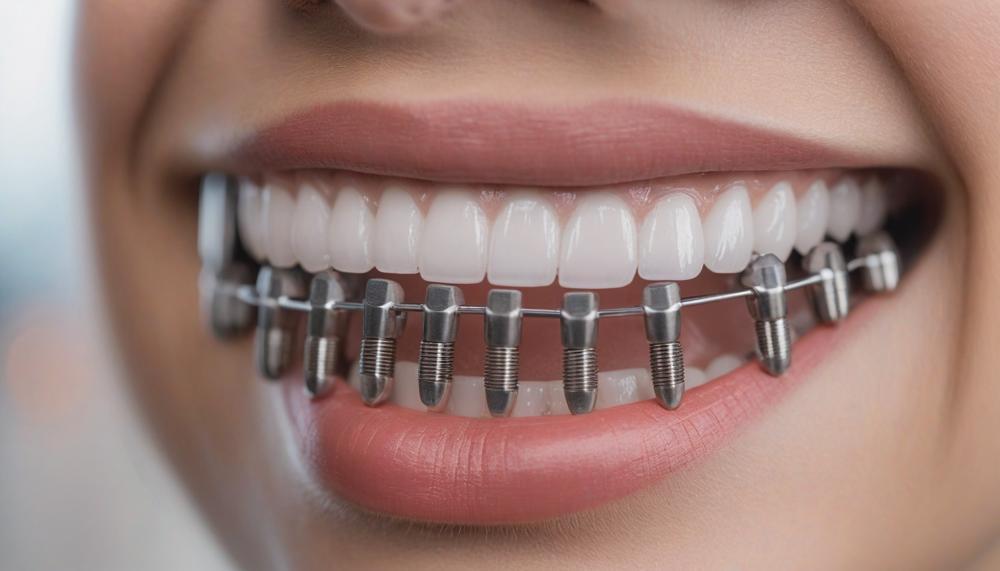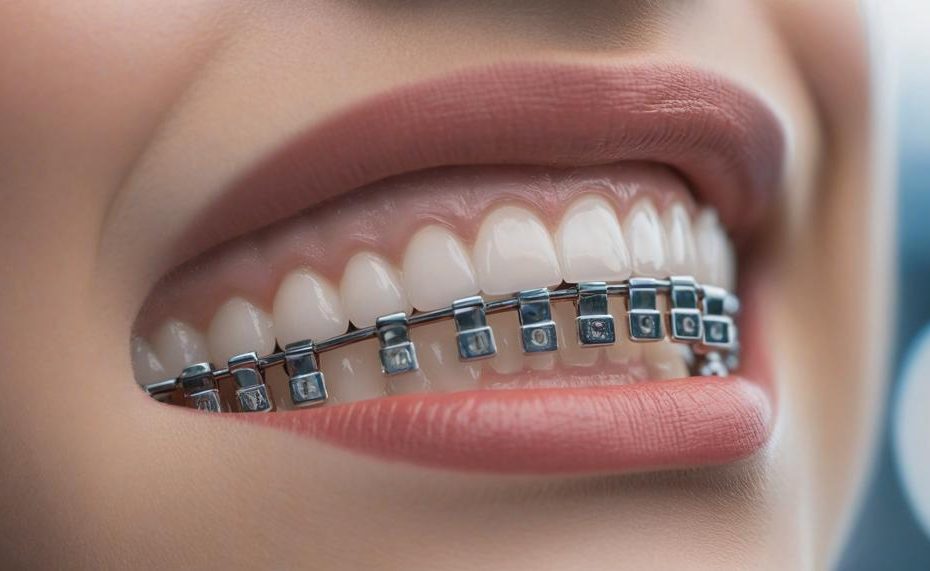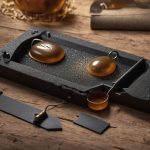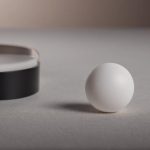Yes, braces are glued to your teeth. This might come as a surprise, but those tiny brackets that work wonders to straighten your smile are indeed adhered directly to your teeth using a special dental adhesive. This glue is strong enough to hold the brackets in place throughout your treatment yet gentle enough not to damage your tooth enamel.
Why is this important? Understanding the basics of how braces work can help demystify the process and ease any anxieties. Braces are more than just metal and wires; they are carefully engineered devices designed to move your teeth into their optimal positions over time. Here’s a closer look at how this works:
- Metal Braces: These involve gluing metal brackets to your teeth and connecting them with a metal wire. Elastic bands, available in various colors, secure the wire to the brackets.
- Bands: These provide an anchor for the braces and help distribute the pressure needed to move your teeth.
- Types of Braces: Beyond traditional metal braces, there are clear aligners, which are removable plastic trays that also help straighten teeth.
- Gradual Adjustment: Over time, adjustments are made to the braces to ensure your teeth are moving correctly and effectively.
Understanding the mechanics behind braces can transform the experience from a daunting mystery to an intriguing journey towards a perfect smile. Whether you’re considering braces for yourself or a loved one, knowing they are securely glued in place can offer peace of mind and a clearer picture of what to expect.
Table of Contents [show]
Mechanics
Braces are attached to teeth using a detailed process involving specific adhesives and bonding methods. Here’s a breakdown of how this works:
Cleaning and Preparation:
The teeth are thoroughly cleaned and dried to ensure a strong bond.
Conditioning the Enamel:
A special etching solution is applied to the tooth enamel. This creates a rough surface, which enhances the bonding strength.
Applying Bonding Cement:
A thin layer of bonding cement is applied to the back of each bracket. The back sides of the braces have a mesh design to help the cement adhere effectively.
Placement of Brackets:

The brackets are carefully positioned on the teeth and pressed into place. Orthodontists use a curing light to harden the cement quickly, securing the brackets firmly to the teeth.
Attaching Archwires:
After the brackets are set, archwires are threaded through the brackets. These wires are secured with small elastic bands, which come in various colors.
Final Adjustments:
The orthodontist makes final adjustments to ensure the braces are properly aligned and comfortable.
Attachment Steps
Attaching braces with glue involves several precise steps to ensure they are securely and comfortably fixed to the teeth. Here’s a detailed guide:
| Step | Description |
| Preparation of Teeth | Clean and dry the teeth; apply a conditioning solution. |
| Application of Bonding Cement | Apply bonding cement onto the back sides of the braces brackets. |
| Placement of Braces | Accurately place braces onto the teeth, ensuring proper alignment. |
| Initial Bonding and Adjustment | Allow the cement to set slightly and make necessary adjustments. |
| Final Securing and Cleanup | Let the cement harden, inspect, and remove any excess cement. |
| Repeat Process | Repeat the steps for all other braces that need to be attached. |
Duration
The glue on braces typically lasts for the entire treatment period, which can range from several months to a few years. This adhesive is formulated to hold the braces brackets securely on the teeth throughout the duration of the orthodontic treatment, enduring the constant pressure and adjustments required to align your teeth properly.
Key Points About Braces Glue Duration:
- Longevity: The glue is engineered to last as long as your treatment does, ensuring the brackets stay in place until your orthodontist removes them.
- Durability: This adhesive withstands daily activities such as eating, brushing, and any minor impacts, making it resilient enough for the entire treatment duration.
- Material: Orthodontic glue is a specially formulated dental adhesive designed to bond with the enamel of your teeth, providing a strong and durable hold.
| Aspect | Description | Details |
| Longevity | Entire Treatment Period | Several months to a few years |
| Durability | Withstands daily wear and tear | Eating, brushing, minor impacts |
| Material | Specially formulated dental adhesive | Strong bond with enamel |
Discomfort
Discomfort from braces being glued onto teeth can manifest in various ways, often due to the new pressure and presence of brackets and wires in the mouth. Here are some common discomforts associated with braces:
| Discomfort | Cause | Remedy |
| Tooth Pain and Sensitivity | Teeth moving into new positions | Pain relievers, soft foods |
| Headaches | Tension from braces | Consult orthodontist if persistent |
| Irritation of Cheeks and Lips | Brackets and wires rubbing against soft tissues | Orthodontic wax, saltwater rinses |
| Difficulty Eating | Adjusting to new braces | Soft foods, avoid hard/sticky foods |
| Soreness of the Gums | Pressure from braces | Warm salt water rinses |
Braces come with a period of adjustment, and while discomfort is common, it’s usually manageable with simple remedies and adjustments.
Best Of
The best types of glue for attaching braces are primarily light-cured composite resins. These specialized orthodontic adhesives ensure that the brackets adhere securely to the tooth enamel, withstand the pressures of chewing, and resist the oral environment. Here are the top choices:
| Type of Glue | Characteristics | Usage |
| Light-Cured Composite Resin | Strong bond, resistant to moisture, fast curing with light activation | Most commonly used by orthodontists for reliable bracket attachment |
| Glass Ionomer Cement | Contains fluoride, adheres well to enamel, less moisture sensitive | Used in cases where additional fluoride release is beneficial |
| Self-Etching Resin | Combines etching and bonding in one step, reducing procedure time | Ideal for quick application and strong bonding in orthodontic procedures |
| Dual-Cure Adhesive | Cures with both light and chemical activation, ensuring complete curing | Useful for areas that are hard to reach with light curing |
Light-cured composite resin is the preferred choice due to its strong adhesion and quick curing process when exposed to a curing light. This type of adhesive ensures that brackets remain securely attached throughout the duration of orthodontic treatment.
Conclusion
Braces are securely adhered to teeth using specialized dental adhesives, which are strong enough to endure the entire treatment period while gentle on tooth enamel. This process involves meticulously preparing the teeth, applying a bonding cement, and carefully positioning the brackets, ensuring they stay in place through daily activities and adjustments.
Understanding that braces are glued provides clarity and confidence for those embarking on orthodontic treatment. These adhesives, ranging from light-cured resins to glass ionomer cements, play a crucial role in the stability and effectiveness of braces. The precision involved in this process ensures a comfortable and secure fit, transforming the daunting prospect of braces into a manageable and enlightening journey towards a perfect smile.
Whether opting for traditional metal braces or clear aligners, knowing that the brackets are firmly glued offers peace of mind. This insight demystifies the mechanics behind braces, highlighting the thoughtful engineering that goes into each step.






